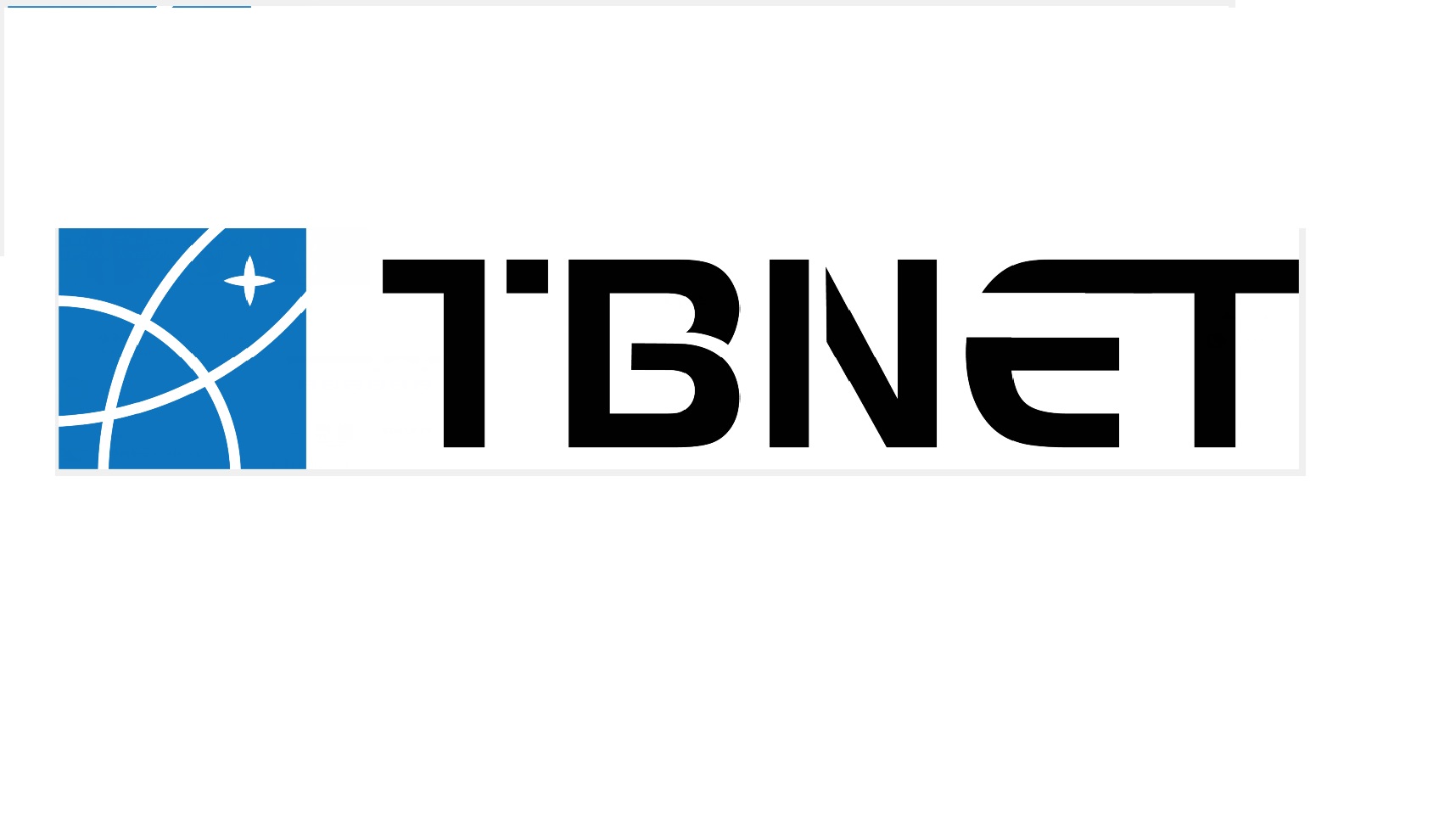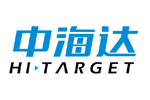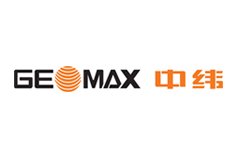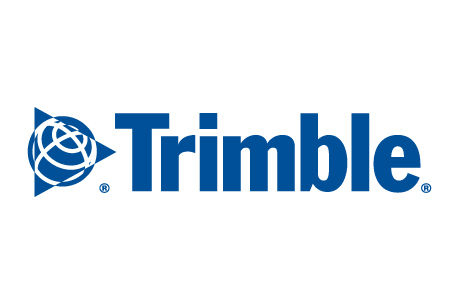
Monthly,Started in 1955
Editor in Chief:CHEN Zhuoning
ISSN 0494-0911
CN 11-2246/P
Postal code:2-223
Postal Service Code:M1396
Editor in Chief:CHEN Zhuoning
ISSN 0494-0911
CN 11-2246/P
Postal code:2-223
Postal Service Code:M1396
Reader Center
DownloadMore...
LinksMore...
Visited
-
Total visitors:
Visitors of today:
Now online:












